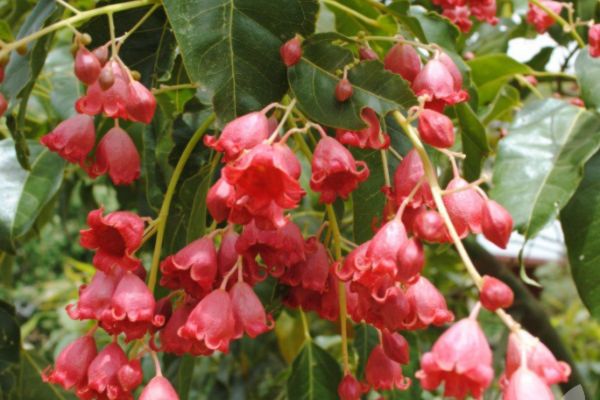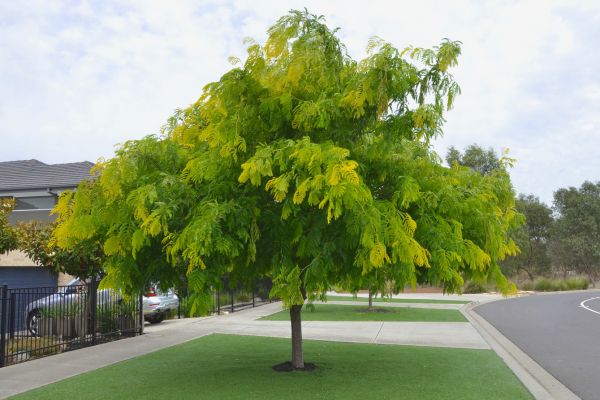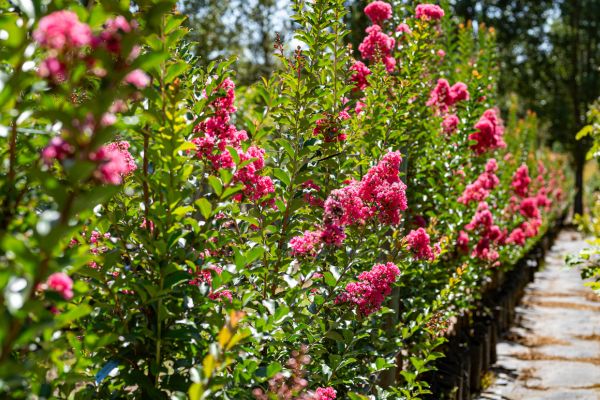Choosing the Right Tree for your Backyard
It might be a no-brainer that planting trees and bushes is good for the environment, but there’s more to a healthy neighbourhood than a slap-dash selection of plants.
According to Paige Fleming from Flemings Nurseries, encouraging a mix of native and exotic trees across an urban environment promotes diversity and interest as well as supporting the challenges presented by the very nature of the
built-up surrounds.
For example, planting deciduous trees on a property’s north side manages summer heat and encourages sunlight in winter, and evergreens on the west provide year-round solar defence.
LITTLE SNOWMAN (Eucalyptus paucilfora)
An elegant, semi-weeping eucalypt with massed spring-to summer
creamy white flowers that cope with cold and hot, dry conditions and thrive in well-drained clay loam.
PLENA/CRAB APPLE (Malus ioensis)
A compact tree for small spaces with stunning autumn colours, the crab apple’s spring floral display is a hit with bees.
BELLA DONA (Brachychiton populneus x acerifolius)
Given a sunny spot in welldrained soil, the smaller Brachychiton offers evergreen
foliage with bright pink flowers in late spring and early summer.
SUNBURST (Gleditsia triancanthose)
A tough shade tree with a semi weeping habit and golden new foliage that’s perfect for kids to play in and under.
CREPE MYRTLE (Lagerstroemia indica x L. fauriei varieties)
A dependable, pest-resistant and drought-tolerant urban option guarantees an abundance of flowers.
Looking for plant nurseries around Sunbury?
- Riddles Creek Nursery
675 Kilmore Rd, Riddells Creek VIC 3431 - KCK Plants
kckplants.com.au/ - Bunnings
95 Vineyard Rd, Sunbury VIC 3429




